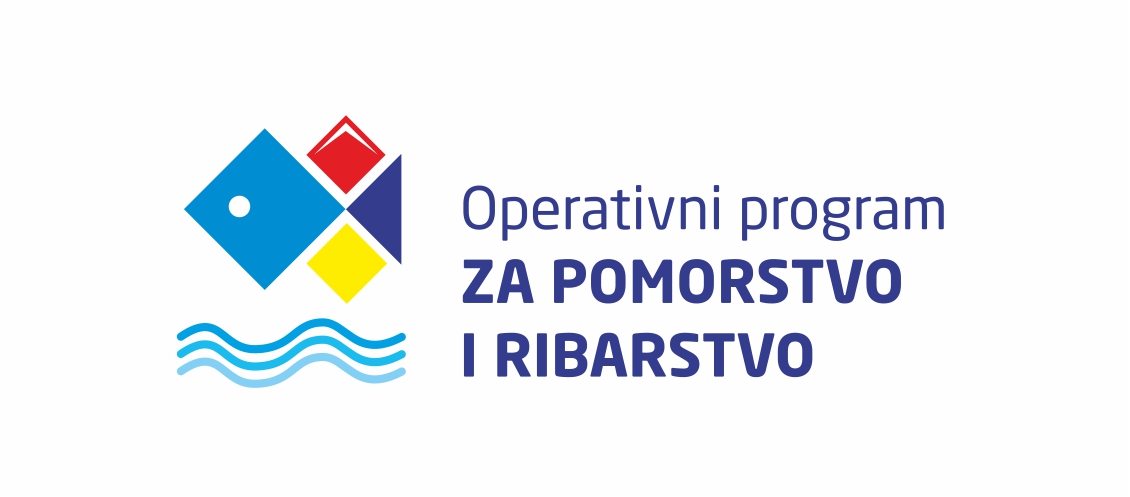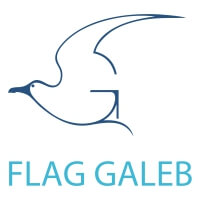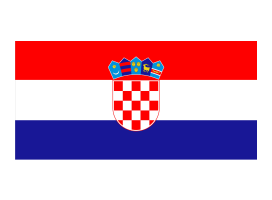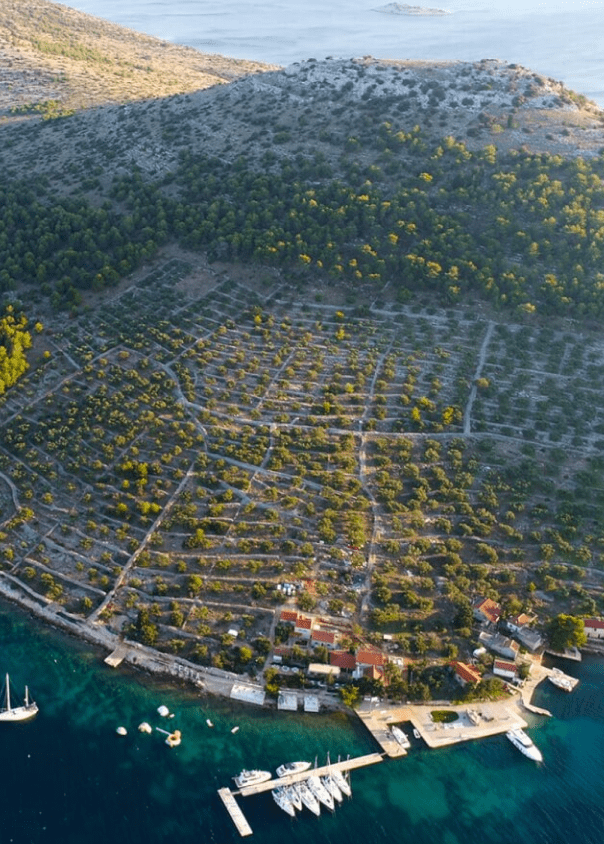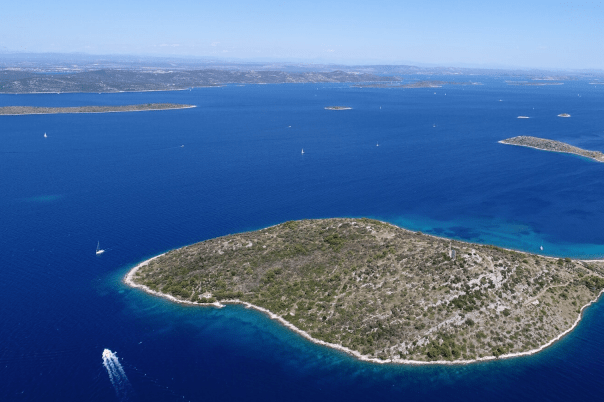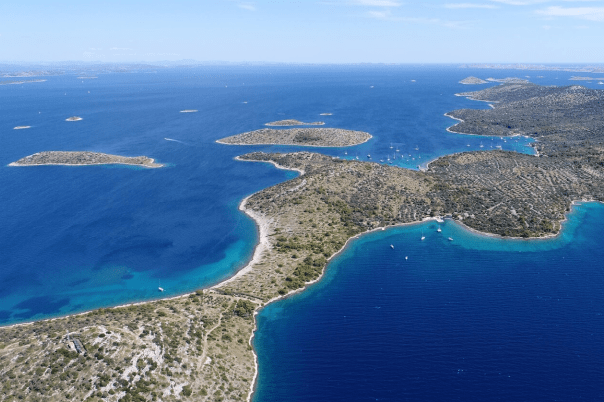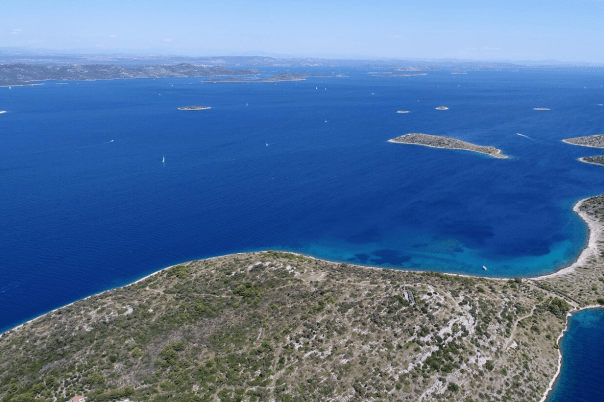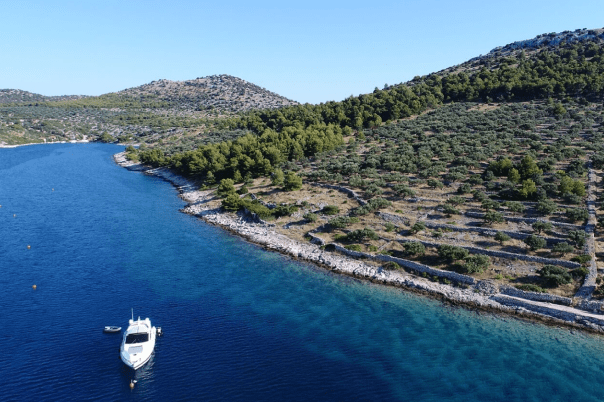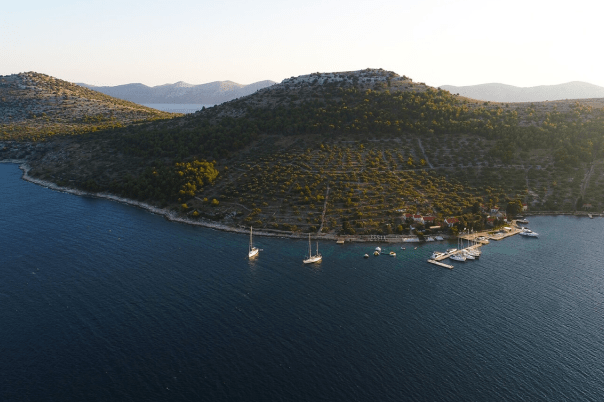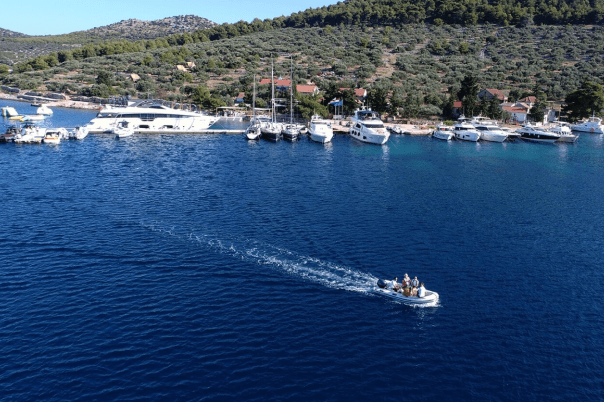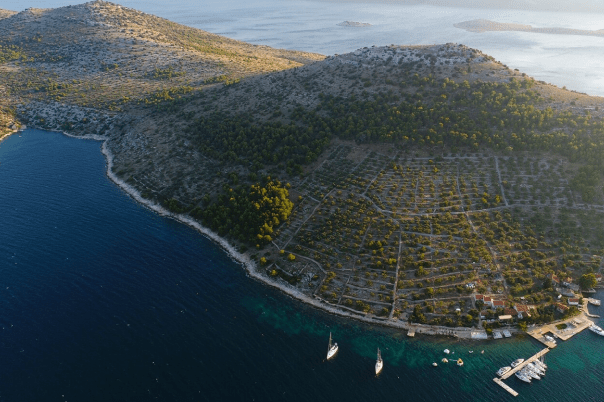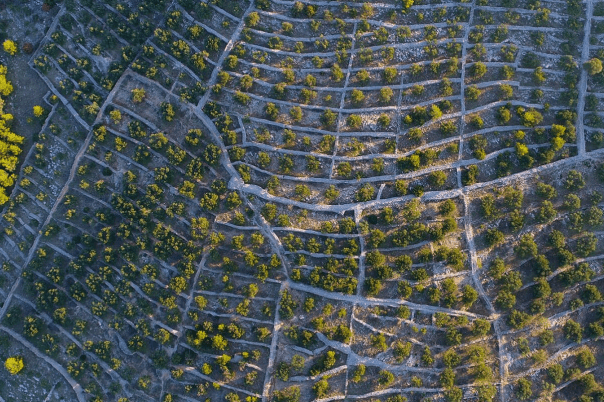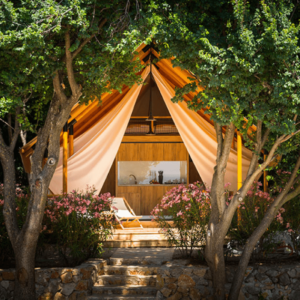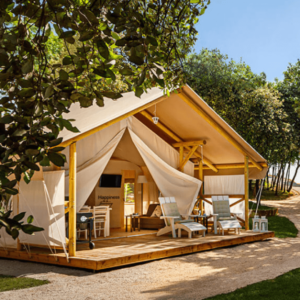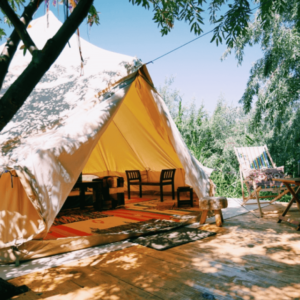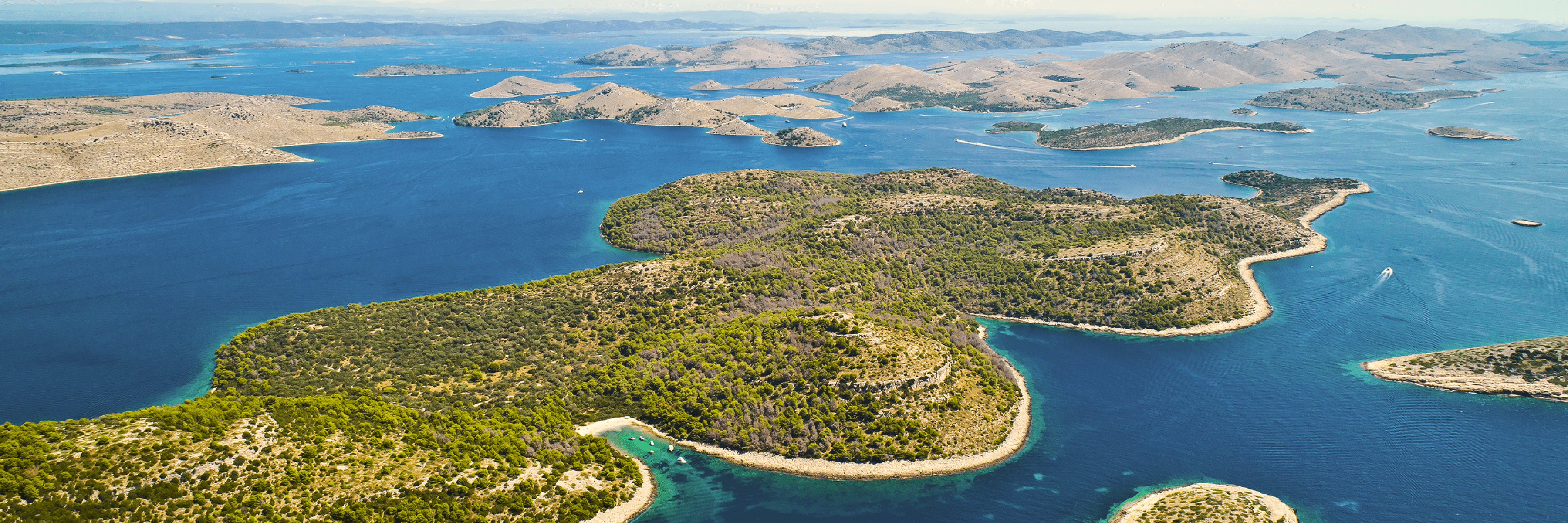
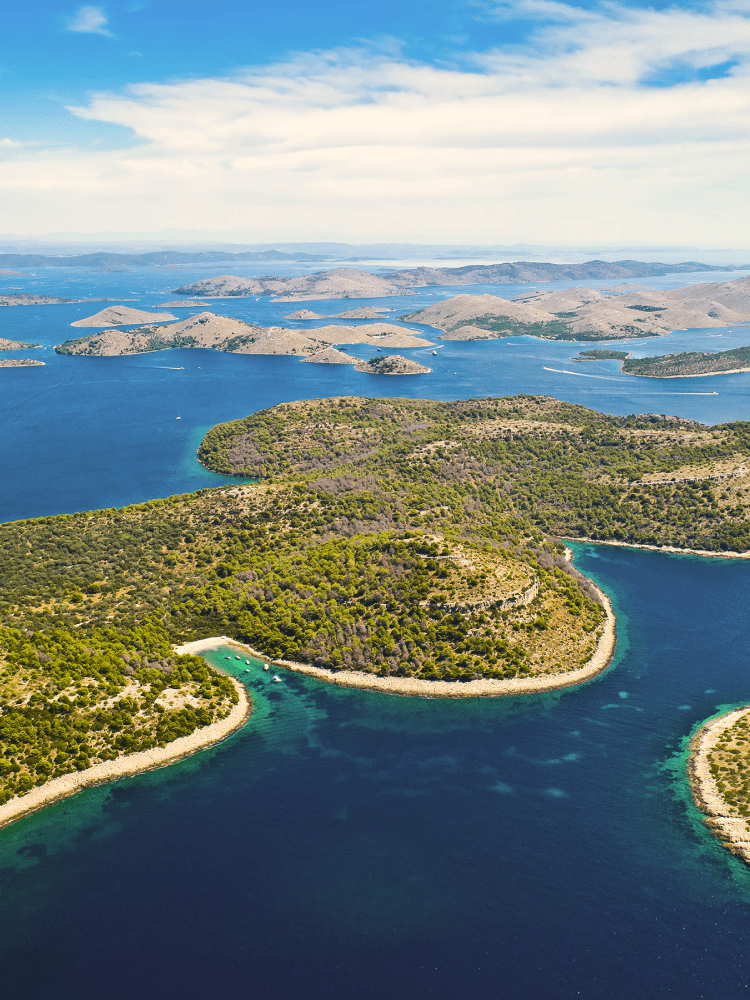
Amazing
Kornati archipelago
A labyrinth of stone, with eighty nine islands, islets and rocks in the sea. It is the most indented island group in the Mediterranean.
Regardless of whether you look at the Kornati Islands from the air, from the sea, or from sightseeing points on the islands, the view is equally impressive – and yet different to the eye every single time. Every vista is more than worth experiencing, and every perspective worth examining. Dry stone walls on the Kornati Islands are silent and steadfast witnesses to hard work on modest soil on stone surrounded by crystal-clear sea. The Kornati Islands are the stone pearls of the Mediterranean.
The islands and islets of Kornati are scattered like in a play of sorts between the stone and the sea.
In good weather, it is a silent play of blue and gray. When the winds start blowing, the archipelago starts speaking in the sound of waves… However, the Kornati Islands are a well-known shelter for sailors whenever the sea shows its rage and strength, too strong to even care about man as a temporary guest.
The archipelago includes eighty nine islands, islets and rocks, with the total Park surface of 216.78 square kilometers. Even such dry pieces of data can bring to awareness the amazingly indented nature of the archipelago, creating landscapes nowhere else seen. The view from above is astounding, and the same goes for sightseeing points on the islands. The sea view is no different, as you watch the archipelago while your vessel passes through the sea labyrinth below the cliffs.
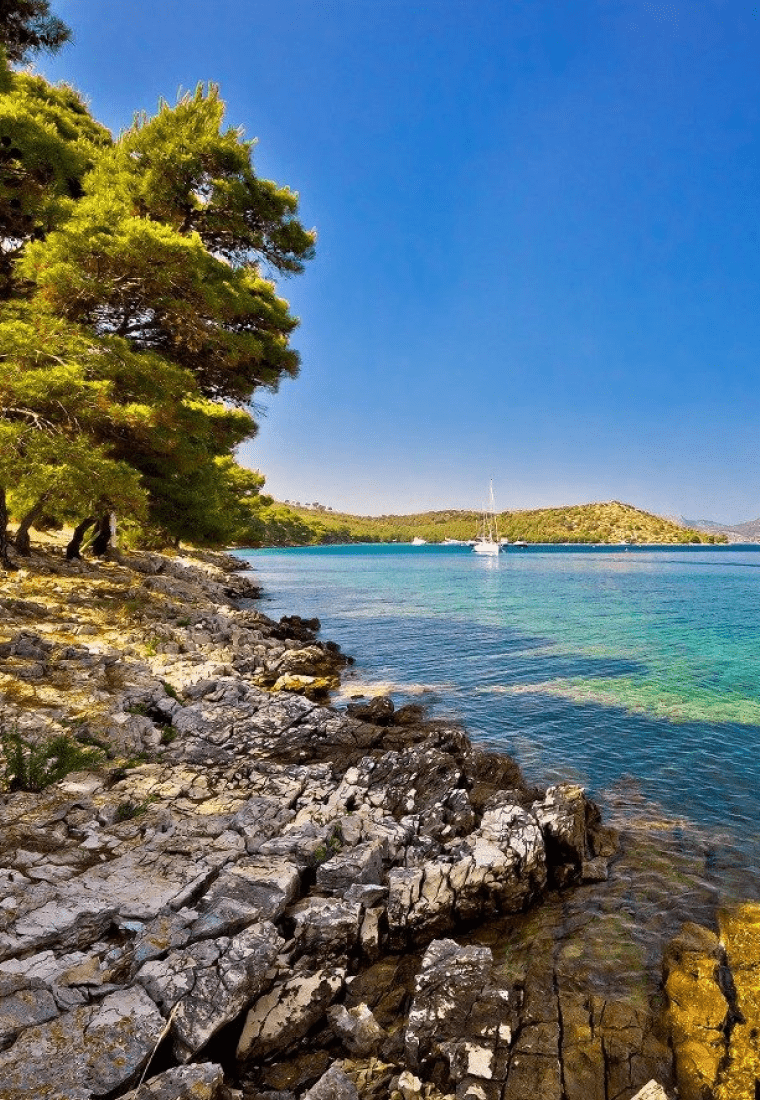
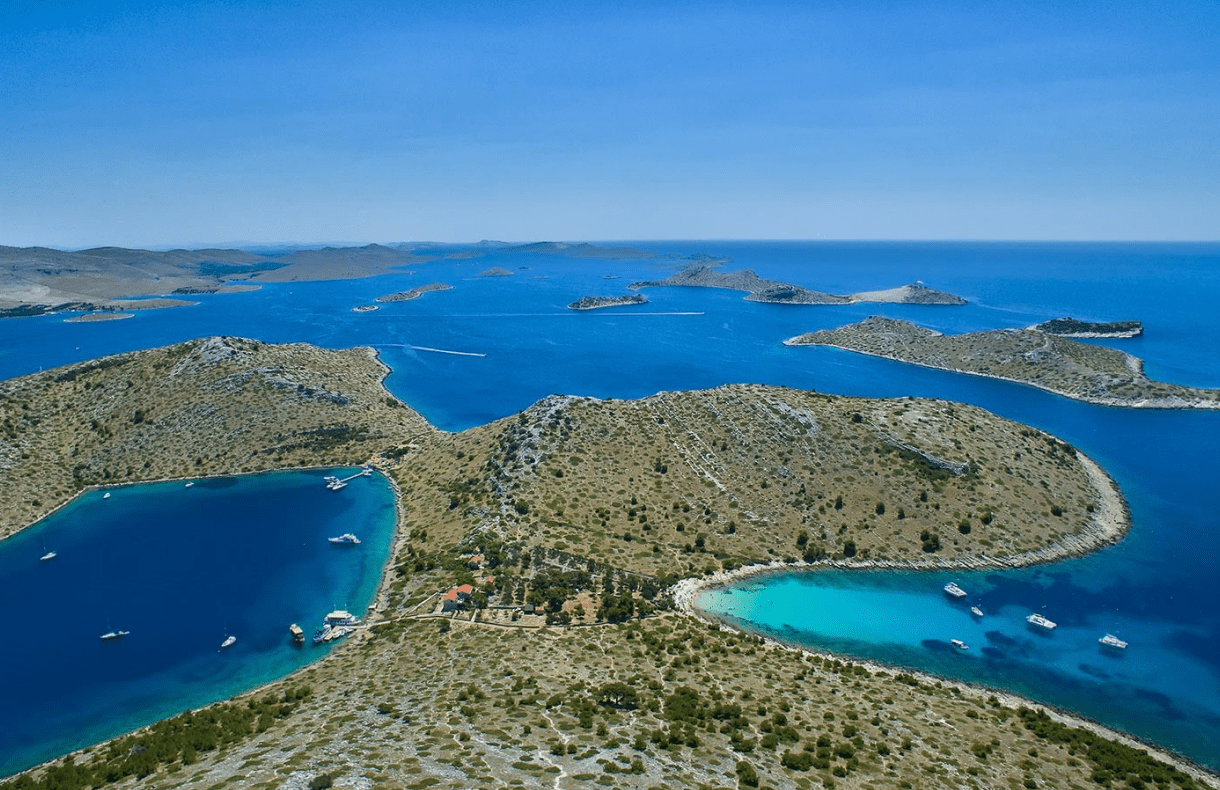
There are two groups of islands in the National Park – the Kornat and the Piškera island chains, with the largest island of Kornat giving its name to the archipelago. The biggest width of the archipelago within the boundaries of the Park is 6 kilometers.
Life on the Kornati Islands has always meant struggle for survival. In that persistence for survival, man has changed the appearance of islands. Barren vegetation on rocky pastures was used to feed the sheep. However, the current barren appearance of the islands, covered only here and there by an occasional green spot of vegetation, isn’t all that old. Thousands of years of use of these areas eventually resulted in a deforested, rocky landscape of the islands.
The islands of Kornati are private property in their entirety, and ninety percent of the owners live on the nearby island of Murter. Towards the end of the 19th century, these Dalmatian farmers bought off the islands from the estate-owners, and enclosed their property by dry stone walls.
Dry stone walls are monuments to amazing human hard work, skill and patience. They frequently extend from coast to coast – built in order to prevent sheep from wandering into someone else’s property. There are approximately 260 kilometers of dry stone walls on the island of Kornat alone, and in the entire territory of the National Park, their total length is impressive 330 kilometers.



